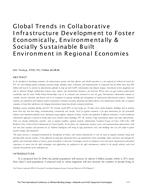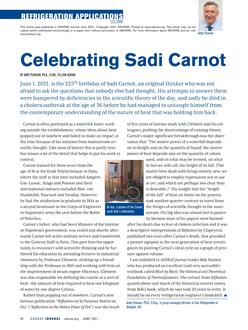This research investigates the potential of the Biowall to reduce energy while effectively improving Indoor Air Quality. Data acquisition systems were used to measure VOC, CO², temperature, and relative humidity levels of the air before and after passing through the Biowall. This data was used to calibrate a mathematical model of the heat and mass transfer of air flowing through the Biowall and HVAC system. The model provides an accurate representation of Biowall performance over a range of operating conditions. The model suggests that the Biowall does not require extra dehumidification and thus uses the equivalent amount of energy to that of an energy recovery ventilator. The modeling results also show that by improving the irrigation system for the Biowall it has the potential to use ²5% less energy than the ERV. Results from this research demonstrate that the Biowall, integrated into the central HVAC system of an energy efficient home, can improve indoor air quality and reduce energy consumption resulting in an appealing ventilation system that could be used in many applications in the future. Further integration of Air Quality measures into the current energy model developed by this research will provide the grounds for an optimal system design for future development.
Citation: ASHRAE Papers CD: 2014 ASHRAE Winter Conference, New York, NY
Product Details
- Published:
- 2014
- Number of Pages:
- 8
- File Size:
- 1 file , 1.4 MB
- Product Code(s):
- D-NY-14-C024


